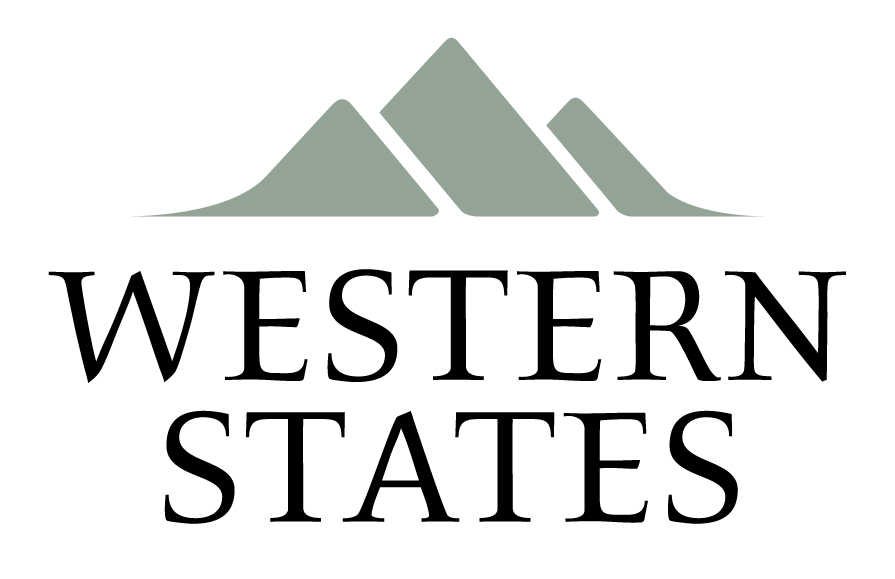In the United States, finding affordable senior living options is a top priority for many older adults and their families. As we age, our healthcare needs often increase, and the cost of medical care can become a significant burden. Fortunately, there are government programs in place to assist seniors in accessing the care they need without breaking the bank. In this post, we’ll explore the Medicare and Medicaid programs, their eligibility criteria, coverage options, and how they can support seniors’ healthcare needs.
Understanding Medicare
Medicare is a federal health insurance program designed for individuals aged 65 and older, as well as certain individuals under 65 with disabilities or specific conditions. Administered by the Centers for Medicare & Medicaid Services (CMS), Medicare provides standardized coverage for eligible individuals, regardless of the state they reside in.
Medicare Coverage and Costs
Medicare is divided into several parts, each covering different aspects of healthcare:
1. Medicare Part A: Hospital Insurance
Medicare Part A primarily covers inpatient hospital stays, skilled nursing facility care, hospice care, and limited home health services. Most people do not pay a premium for Part A, as they have paid Medicare taxes while working.
2. Medicare Part B: Medical Insurance
Medicare Part B covers medically necessary services, outpatient care, preventive services, and durable medical equipment. To receive these benefits, beneficiaries pay a monthly premium along with deductibles and coinsurance.
3. Medicare Part C: Medicare Advantage
Medicare Part C, also known as Medicare Advantage, is an alternative way to receive Medicare benefits. These plans are offered by private insurance companies approved by Medicare. Medicare Advantage plans provide the same coverage as Parts A and B, and often include additional benefits such as prescription drug coverage and wellness programs.
4. Medicare Part D: Prescription Drug Coverage
Medicare Part D is stand-alone prescription drug coverage that can be added to Original Medicare (Parts A and B) or included in a Medicare Advantage plan. It helps cover the cost of prescription medications and varies in terms of premiums, deductibles, and specific covered medications.
Qualifying for Medicare
To qualify for Medicare, individuals must meet specific eligibility criteria. Generally, individuals aged 65 and older who are citizens or permanent residents of the United States qualify for Medicare. Additionally, individuals under 65 may qualify if they have certain disabilities or end-stage renal disease (ESRD).
Understanding Medicaid
Medicaid is a joint federal and state program that provides healthcare coverage to individuals with limited income and resources. While Medicare is primarily for seniors, Medicaid is available to people of all ages who meet the eligibility requirements. Unlike Medicare, Medicaid is administered by individual states, resulting in variations in eligibility criteria and benefits.
Medicaid Benefits and Coverage
Medicaid offers a range of benefits that Medicare does not typically cover. These include nursing home care, personal care services, and transportation to medical appointments. Medicaid beneficiaries usually don’t have to pay for covered medical expenses, but some services may require a small copayment.
Qualifying for Medicaid
Qualifying for Medicaid is based on income and resource limits set by each state. While the federal government establishes general rules, each state has the flexibility to determine its own specific requirements. In some cases, individuals may have income that exceeds the Medicaid limit but can “spend down” their income on non-covered medical expenses to meet eligibility criteria.
To determine if you qualify for Medicaid in your state, visit your State Medical Assistance (Medicaid) office for more information.
Combining Medicare and Medicaid Coverage
Some individuals, who are often referred to as “dual eligible,” qualify for both Medicare and Medicaid. When someone is dual eligible, Medicare – and any other insurance coverage they may have – pays for services first, and Medicaid covers the remaining costs.
If you are dually eligible, you will automatically be enrolled in a Medicare drug plan, which will cover your prescription medication costs instead of Medicaid. It’s important to note that with Medicare drug coverage, you will never pay 100% of the cost for drugs covered by Medicare.
Exploring Medicare Coverage Options
While Original Medicare (Parts A and B) provides comprehensive coverage, some individuals may find additional coverage through Medicare Advantage plans beneficial. These plans, including Special Needs Plans, Medicare-Medicaid Plans, and Program of All-Inclusive Care for the Elderly (PACE) plans, are designed to meet specific healthcare needs and may offer cost savings compared to Original Medicare.
To explore your Medicare coverage options, check the Medicare coverage options available to you.
Affordable senior living is a crucial consideration for older adults and their families. Medicare and Medicaid programs provide valuable support in accessing healthcare services and reducing the financial burden associated with medical care. Understanding the eligibility criteria, coverage options, and how these programs work together can help seniors make informed decisions about their healthcare and enjoy a better quality of life in their golden years.
For more information on Medicare, visit Medicare.gov, and for Medicaid, visit Medicaid.gov.
